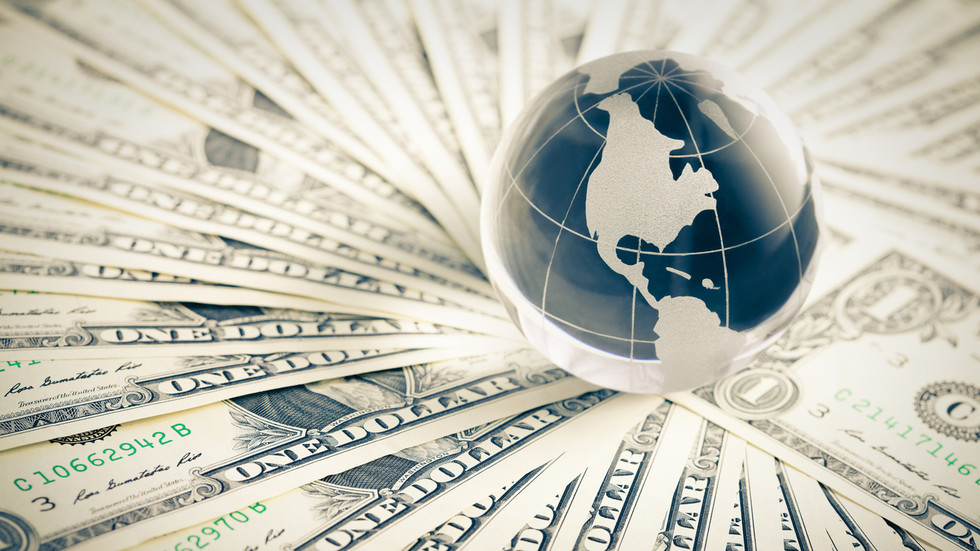
It’s now $45 trillion higher than its pre-pandemic level and is expected to continue growing rapidly, a top trade body has warned

© Getty Images / PonyWang
The global debt pile increased by $8.3 trillion in the first quarter of the year to a near-record high of $305 trillion amid an aggressive tightening of monetary policy by central banks, the Institute of International Finance (IIF) has revealed.
According to its Global Debt Monitor report on Wednesday, the reading is the highest since the first quarter of last year and the second-highest quarterly reading ever.
The IIF warned that the combination of such high debt levels and rising interest rates had pushed up the cost of servicing that debt, prompting concerns about leverage in the financial system.
“With financial conditions at their most restrictive levels since the 2008-09 financial crisis, a credit crunch would prompt higher default rates and result in more ‘zombie firms’ – already approaching an estimated 14% of US-listed firms,” the IIF said.
Despite concerns over a potential credit crunch following recent turmoil in the banking sectors of the United States and Switzerland, government borrowing needs to remain elevated, the finance industry body stressed.
According to the report, aging populations and rising healthcare costs continue putting strain on government balance sheets, while “heightened geopolitical tensions are also expected to drive further increases in national defense spending over the medium term,” which would potentially affect the credit profile of both governments and corporate borrowers.
“If this trend continues, it will have significant implications for international debt markets, particularly if interest rates remain higher for longer,” the IIF cautioned.
READ MORE: EU country’s debt hits historic high
The report showed that total debt in emerging markets hit a new record high of more than $100 trillion, around 250% of GDP, up from $75 trillion in 2019. China, Mexico, Brazil, India and Türkiye were the biggest upward contributors, according to the IIF.
As for the developed markets, Japan, the US, France and the UK posted the sharpest increases over the quarter, it said.
For more stories on economy & finance visit RT’s business section




